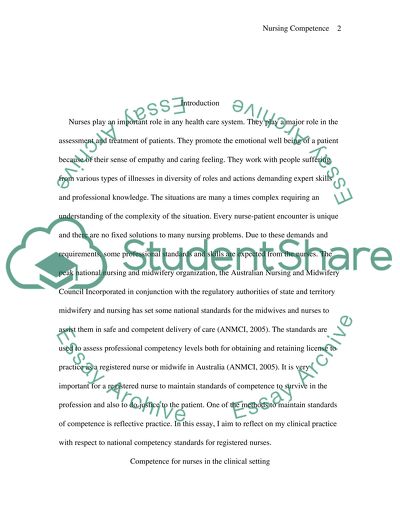Cite this document
(“Reflection on Nursing Competence Standards Essay”, n.d.)
Retrieved from https://studentshare.org/health-sciences-medicine/1531334-nursing-competence
Retrieved from https://studentshare.org/health-sciences-medicine/1531334-nursing-competence
(Reflection on Nursing Competence Standards Essay)
https://studentshare.org/health-sciences-medicine/1531334-nursing-competence.
https://studentshare.org/health-sciences-medicine/1531334-nursing-competence.
“Reflection on Nursing Competence Standards Essay”, n.d. https://studentshare.org/health-sciences-medicine/1531334-nursing-competence.


